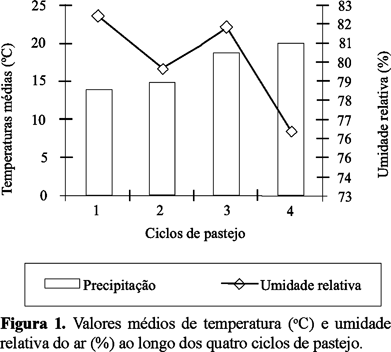The objective of this work was to evaluate the effect of Italian ryegrass management pasture on parasite reinfection risk. The pasture was submitted to two forage offers (10 and 20 kg of dry matter by 100 kg live weight) in two grazing methods (set stocking and rotational). The parasitic infestation was analyzed in litter and in different forage strata: above 15, 10-15, 5-10, 2.5-5, and 0-2.5 cm; parasitic burden in sheep was evaluated through parasitological tests; and marked tillers were used for selective diet evaluation. Independently of the method, larval density increased from the top to the base of sward canopy. However, among grazing strata, differences were observed when forage allowance was 20% of live weight. The offer influenced the number of larvae recovered in the pasture and the animal infection for both parasite genera Haemonchus spp. and Trichostrongylus spp. The highest offer provided the highest recovery of infective larvae and animal infection. However, at low forage offer (10% live weight), infective larva in pasture was lower in set stocking, but the animal parasitic burden was similar to the rotational stocking, independently of the grazing method.
Haemonchus; Trichostrongylus; lamb; epidemiology; grazing method; forage offer







